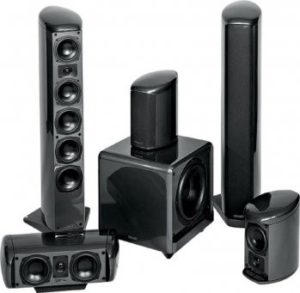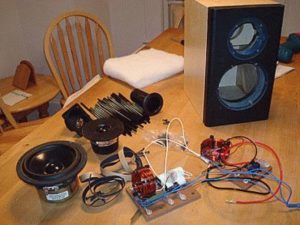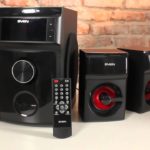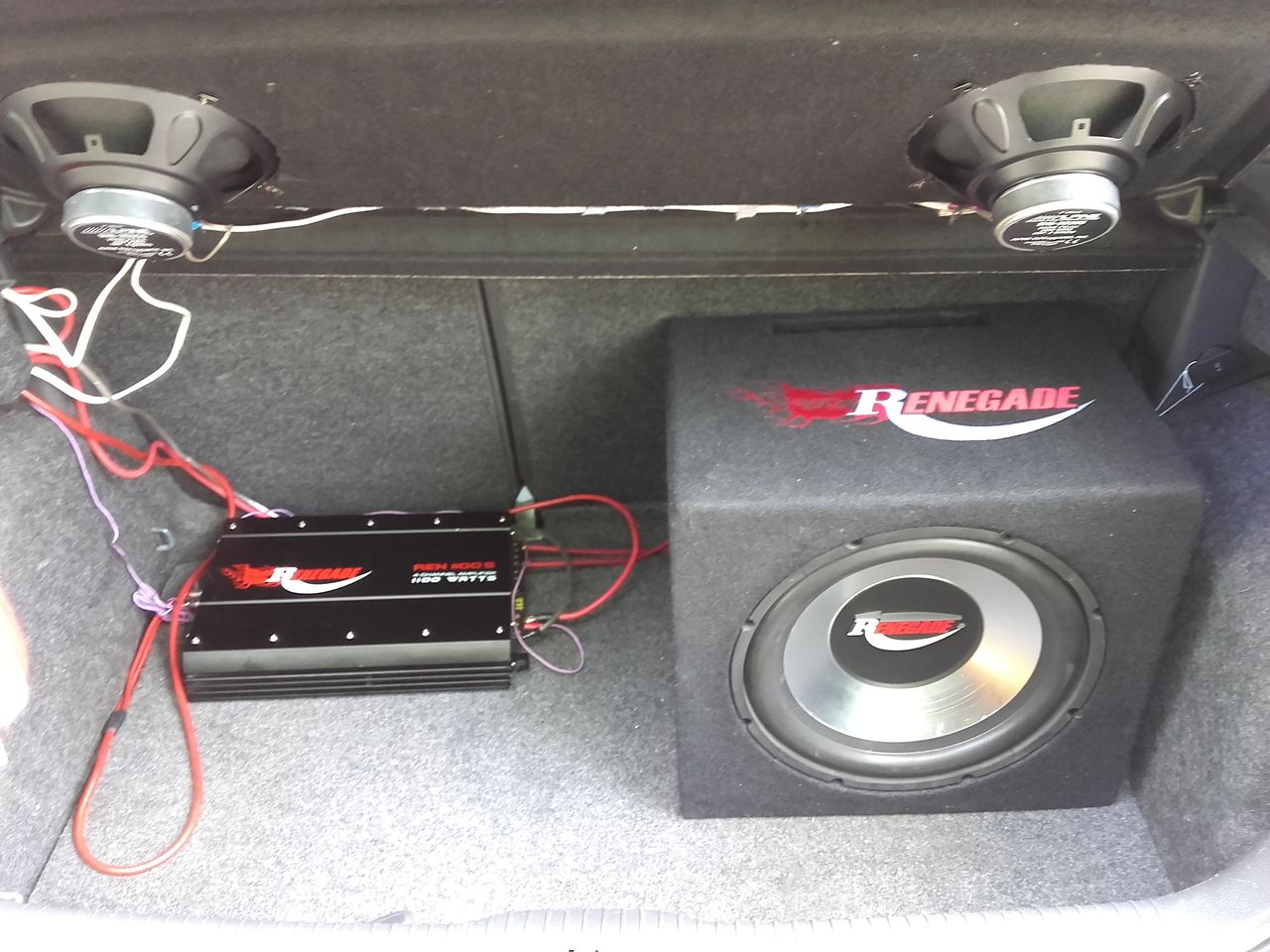DIY speaker filter
 First you need to understand the purpose of this act, because now you can find speakers for absolutely any budget. But are they worth the money? Regarding quality, this is a rhetorical question. For beginning musicians, their activities often require higher quality, sometimes at least correct, sounding acoustics. In this case, you can try creating your own filter for the column.
First you need to understand the purpose of this act, because now you can find speakers for absolutely any budget. But are they worth the money? Regarding quality, this is a rhetorical question. For beginning musicians, their activities often require higher quality, sometimes at least correct, sounding acoustics. In this case, you can try creating your own filter for the column.
The content of the article
What you need to know to create a filter in a column
First of all - acoustic system design and general provisions:
- A person can hear frequency fluctuations from 16 to 20,000 Hz, higher frequencies are reproduced by smaller speakers, and lower frequencies are reproduced by a subwoofer.
- A high-quality acoustic system should consist of two or more high- and mid-frequency speakers (speaker) and one low-frequency speaker (subwoofer).
It is also worth highlighting the types of speakers:
 mono (one audio channel);
mono (one audio channel);- stereo (two audio channels);
- multi-channel sound supply (mainly 5 speakers, 1 sub placed in different parts of the territory).
The filter is necessary when using stereo and multi-way speakers, for example, where one speaker is HF, and the second is MF. If connected without a filter, the tweeter simply cannot withstand lower frequencies and will fail. In the case of speakers with more similar parameters, the filter serves as a frequency distributor for the desired band.
How to make a filter for speakers with your own hands step by step
Follow the instructions to make the filter.
 We calculate the components.To do this, use a calculator to calculate the parameters of the constituent elements (coils, capacitors, etc.), for example, “Crossover Elements Calculator”.
We calculate the components.To do this, use a calculator to calculate the parameters of the constituent elements (coils, capacitors, etc.), for example, “Crossover Elements Calculator”.- After calculation, we select a capacitor for the required parameter or assemble it from several into one parallel-connected block (try to select capacitors that are not too different). Based on the calculations of the induction parameters (in the same calculator), we wind the coil ourselves (the diameter of the copper line, the diameter of the rod, the number of turns will be indicated).
- Next, we look for the right circuit, depending on how many speakers with the required frequencies you need.
- We connect the coil and capacitor in accordance with the circuit and your speaker.
Now you can listen to high-quality, filtered sound, and be proud of the filter you made yourself.





